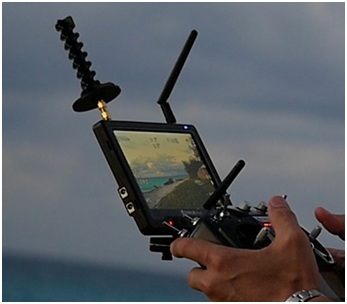
- take a nylon 1/4 x 20 bolt, or what ever size your wing has
- go to the hardware store and get nylon wing bolts that match the bolt
- thread the wing nut on the bolt as shown in the photo
- use a drop of glue, Ca glue will work, and let it dry
- now you have a wing attach bolt that you will be able to get a grip on it to make installation and removal much easier
As spring nears and you are digging out your old jugs of low fuel and wondering if it is still good. Here is a simple test to check. First thing, if you open the jug and it smells bad or rotten, probably is. If it looks like the alcohol and oil have separated, shake it up to see it all blends back to what it should be. Glow fuel will typically store for quite some time and be good as long as it has not been exposed air, sunlight or extreme temperatures. My glow fuel jugs use a Sullivan cap that has o-rings on it as well as o-rings where the hoses plug in to it. They are expensive, but worth it if it saves your fuel. And the time often spent trying to trouble shoot a problem that may be bad fuel.
To perform a test of your glow fuel, all you need is hydrogen peroxide (available at any local pharmacy), litmus paper and glass cup or small jar.
1. Using a tablespoon, measure an exact 1 to 1 mixture of hydrogen peroxide and glow fuel into your glass cup or glass jar.
2. Stir and let stand for 1 minute
3. Dip a litmus paper strip in to the mixture and let dry.
4. If the paper changes color, looks pinkish on the tip, the reaction is positive and the fuel is good.
5. If the paper does not turn pinkish or looks “marbled” and it is still wet after 10 minutes, you have gotten no reaction and the fuel is bad.
